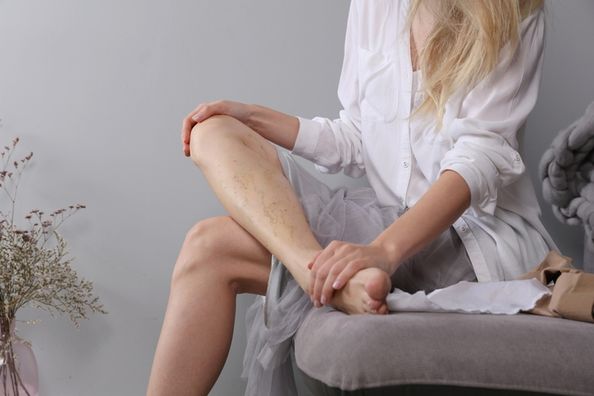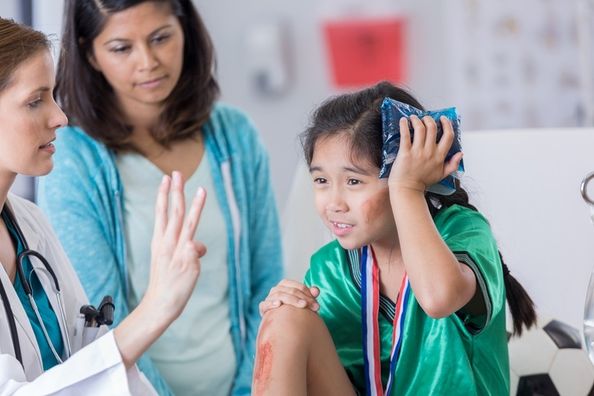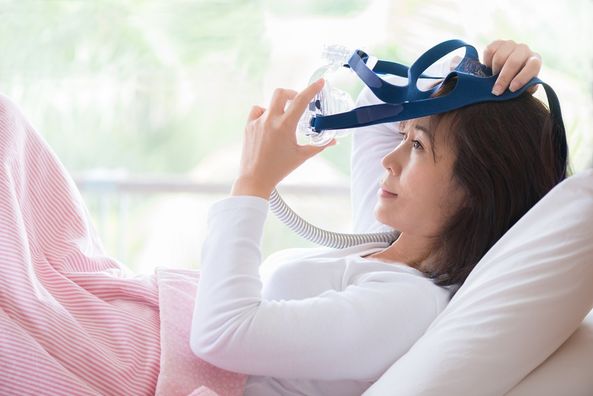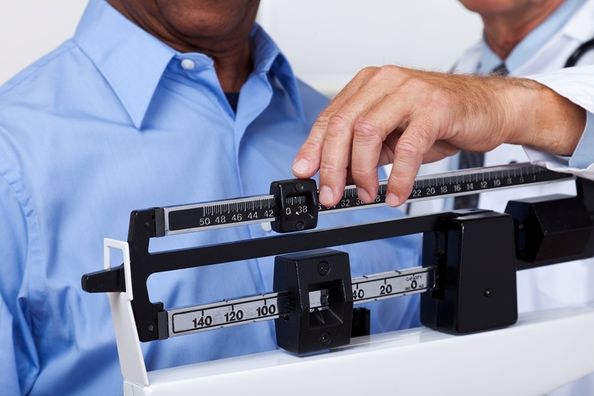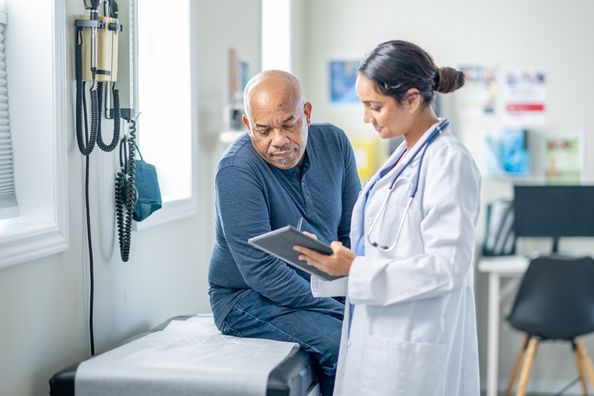Veins of the body are responsible for carrying blood from the various parts of the body to the heart. As people age, problems can develop in the veins and can cause a variety of diseases. Approximately one third of men and women have varicose veins with varying presentations.
Varicose veins been considered a cosmetic concern for a long time; however, varicose veins can frequently be the cause of discomfort, pain, and decreased quality of life. Treatment can range from observation to a minimally invasive in-office procedure or surgery.
Varicose veins are dilated, elongated, and twisted blood vessels that don’t control blood flow as they should. Size can vary from the thread-like spider veins to bulging varicose veins. Spider veins can be red or blue and do not protrude above the skin surface. Spider veins do not pose a medical risk, but can be treated for cosmetic reasons. Varicose veins bulge past the skin surface. They look like rope, cords or grape like clusters anywhere on the thigh or calf.
Varicose veins are caused by weakness or damage to valves in the veins. Blood in the legs must travel against gravity to return to the heart. The movement of blood back to the heart is assisted by one way valves in the veins. When the valves work, they stop blood from flowing backwards. When the valves don’t work, blood flows in both directions which is referred to as reflux. Reflux can cause the veins to enlarge, lose form and protrude from beneath the skin.
Varicose veins can be present and not cause problems, but can also be present with problems. These problems can be vague such as aching, fatigue, or heaviness in the legs or specific such as throbbing pain or itching near varicose veins and swelling in legs.
Treatment
While conservative measures such as elevation when at rest and regular exercise may help people with mild symptoms, people with significant symptoms may need to seek treatment.Treatments vary from patient to patient.
- Compression Therapy — Compression therapy is the least invasive treatment to support veins. Socks are worn typically throughout the entire day. The compression stockings support the veins by preventing the pooling of blood in the veins.
- Endovenous Laser Treatment — Sometimes referred to as Laser Treatment. This is a procedure performed in the office. A laser fiber is directly inserted into the vein under local anesthesia. When the laser is activated, the energy causes the vein wall to collapse. Blood that would pool in this vein is redirected to normal veins.
- Phlebectomy — Sometimes called Microphlebectomy or Ambulatory Phlebectomy. Ropey, bulging varicose veins are removed through a series of small incisions. This procedure can be done in the office or the operating room.
- Sclerotherapy — A medication is directly injected into the vein. The medication irritates the lining of the vein causing it to scar and collapse. This works best on small varicose veins and spider veins. Several sessions are typically needed.
Health Topics:

